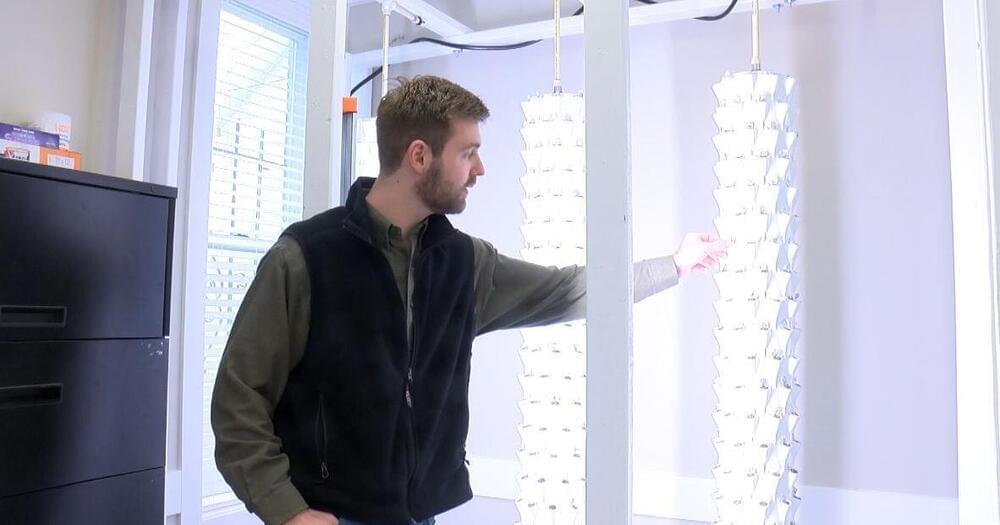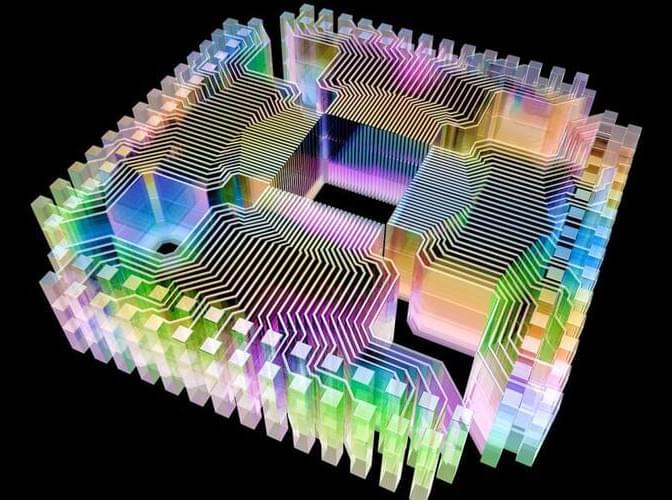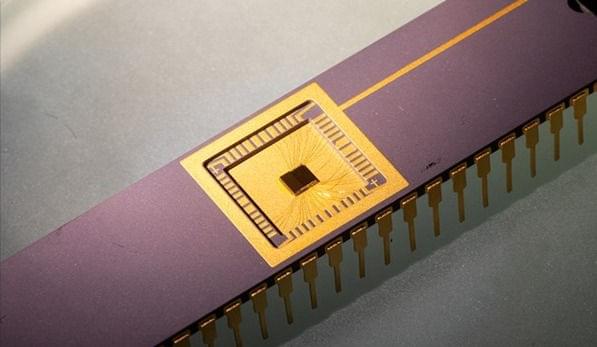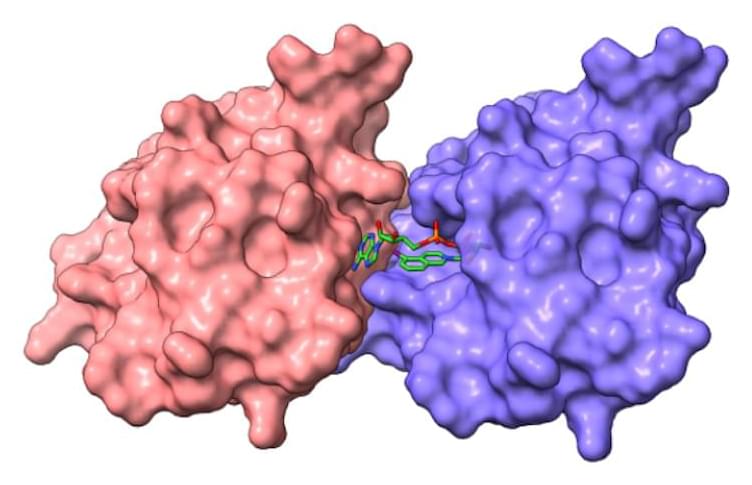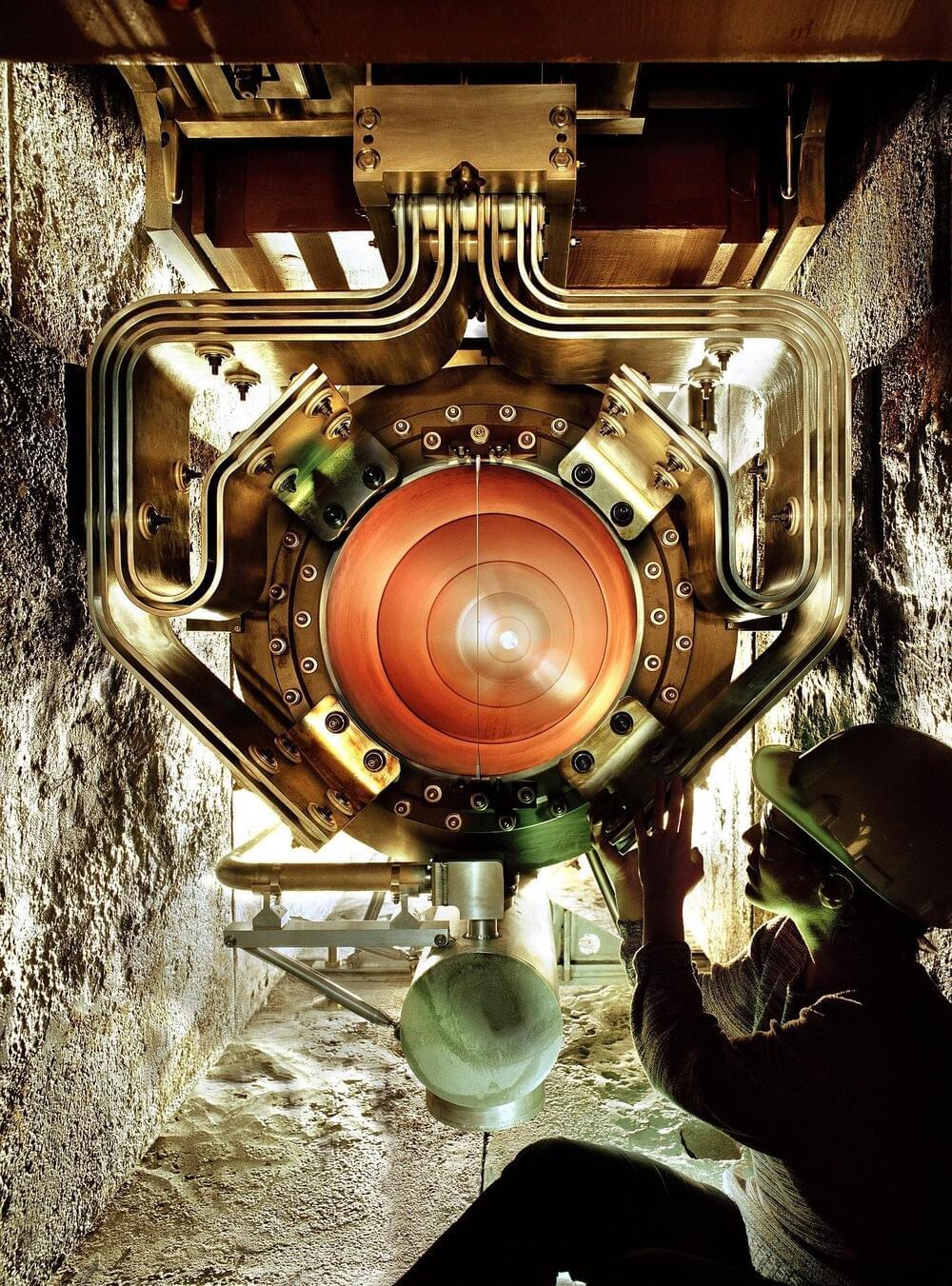An Evansville man spent his 27th birthday building a hydroponic farm at Tepe Park to help feed the community.
Quantum computing startups are all the rage, but it’s unclear if they’ll be able to produce anything of use in the near future.
As a buzzword, quantum computing probably ranks only below AI in terms of hype. Large tech companies such as Alphabet, Amazon, and Microsoft now have substantial research and development efforts in quantum computing. A host of startups have sprung up as well, some boasting staggering valuations. IonQ, for example, was valued at $2 billion when it went public in October through a special-purpose acquisition company. Much of this commercial activity has happened with baffling speed over the past three years.
I am as pro-quantum-computing as one can be: I’ve published more than 100 technical papers on the subject, and many of my PhD students and postdoctoral fellows are now well-known quantum computing practitioners all over the world. But I’m disturbed by some of the quantum computing hype I see these days, particularly when it comes to claims about how it will be commercialized.
Back in January during their CES 2022 keynote, NVIDIA teased the GeForce RTX 3,090 Ti, an even more powerful version of NVIDIA’s flagship card for the high-end gaming and content creation markets. At the time, NVIDIA told us to expect more information later in January, only for January (and February) to come and go without further mention of the card. But now, in the waning days of March, the GeForce RTX 3,090 Ti’s day has come, as NVIDIA is launching their new flagship video card today.
So what is the RTX 3,090 Ti? In short, it’s every last bit of performance that NVIDIA can muster out of their Ampere architecture – the swan song for an architecture that has carried NVIDIA through the last 18 months. Whereas the original RTX 3,090 left a bit of performance on the table for yield or performance reasons, such as a couple of SMs or keeping TDPs to just 350 Watts, RTX 3,090 Ti leaves all of that behind. It’s all the Ampere that Ampere can be, with a fully-enabled GA102 GPU, better GDDR6X memory, and few (if any) limits on performance.
But Ampere unconstrained is going to cost you. While the original RTX 3,090 launched at an already high $1499, RTX 3,090 Ti ratchets that up further to $1999. And ongoing market distortions (i.e. the chip crunch) will likely compound that further, judging from RTX 3,090 prices. But regardless, the RTX 3,090 Ti isn’t priced to be competitive; it’s priced to be elite. NVIDIA never did produce a true Titan card for this generation, so the RTX 3,090 Ti is set to be the next best thing.
DARPA, the innovation arm of the U.S. military, wants artificial intelligence to make battlefield medical decisions, raising red flags from some experts and ethicists.
Source’s hydropanels are installed in 52 countries in 450 separate projects. The company has raised $150 million from investors including Bill Gates’ Breakthrough Energy Ventures, BlackRock, Duke Energy and the Lightsmith Group.
This type of technology is desperately needed in places like India, where an estimated 800,000 villages don’t have clean drinking water. Friesen cited World Health Organization, showing that by 2025 “half the world’s population will be in water stressed areas.”
There’s a domestic need as well. In the U.S, there are 1.5 million miles of lead pipes still in the ground, and about 750 water main breaks a day, according to Friesen. The business opportunity, he said, is enormous.
Vast stores of helium from the Big Bang lingering in the core suggest Earth formed inside a solar nebula.
Helium-3, a rare isotope of helium gas, is leaking out of Earth’s core, a new study reports. Because almost all helium-3 is from the Big Bang, the gas leak adds evidence that Earth formed inside a solar nebula, which has long been debated.
Helium-3 has been measured at Earth’s surface in relatively small quantities. But scientists did not know how much was leaking from the Earth’s core, as opposed to its middle layers, called the mantle.
Physicists has successfully developed a circuit capable of capturing graphene’s thermal motion and converting it into an electrical current.
𝐍𝐞𝐰 𝐀𝐭𝐥𝐚𝐬:
The Neuro-Network.
𝐄𝐧𝐳𝐲𝐦𝐞 𝐛𝐥𝐨𝐜𝐤𝐞𝐫 𝐜𝐨𝐮𝐥𝐝 𝐨𝐩𝐞𝐧 𝐧𝐞𝐰 𝐭𝐫𝐞𝐚𝐭𝐦𝐞𝐧𝐭𝐬 𝐟𝐨𝐫 𝐧𝐞𝐮𝐫𝐨𝐝𝐞𝐠𝐞𝐧𝐞𝐫𝐚𝐭𝐢𝐯𝐞 𝐝𝐢𝐬𝐞𝐚𝐬𝐞𝐬
𝙍𝙚𝙨𝙚𝙖𝙧𝙘𝙝𝙚𝙧𝙨 𝙝𝙖𝙫𝙚 𝙪𝙣𝙘𝙤𝙫𝙚𝙧𝙚𝙙 𝙝𝙤𝙬 𝙖 𝙘𝙚𝙧𝙩𝙖𝙞𝙣 𝙢𝙤𝙡𝙚𝙘𝙪𝙡𝙖𝙧 𝙥𝙖𝙩𝙝𝙬𝙖𝙮 𝙩𝙧𝙞𝙜𝙜𝙚𝙧𝙨 𝙩𝙝𝙚 𝙗𝙧𝙚𝙖𝙠𝙙𝙤𝙬𝙣 𝙤𝙛 𝙣𝙚𝙧… See more.
Researchers have uncovered how a certain molecular pathway triggers the breakdown of nerve fibers in neurodegenerative diseases – and more importantly, how to potentially switch it off. The find could lead to a new class of drugs that slows the progression of these debilitating disorders.
The focus of the study was an enzyme called SARM1, which is expressed in neurons and plays a role as an immune regulator. However, it also functions as a sensor of metabolic stress, and at a certain point it sparks a cascade of processes that eventually begins to break down axons, leading to some of the issues associated with Parkinson’s disease, ALS, neuropathy, and other neurodegenerative diseases.
A group of researchers working with data from the Borexino detector at the Laboratori Nazionali del Gran Sasso in Italy, has shown that it is possible to measure solar neutrinos with both directional and energy sensitivity. Two teams within the group have written papers describing the work by the group—one of them has published their work in Physical Review D, the other in Physical Review Letters.
The Borexino detector was first proposed back in 1986 and its structure was completed in 2004. In May of 2007, it began providing researchers with data. Its purpose has been to measure neutrino fluxes in proton-proton chains. The detector, which is currently being dismantled, was made using 280 metric tons of radio-pure liquid scintillator which was shielded by a layer of water. Detections were made as solar neutrinos scattered off electrons in the scintillator—the light that was emitted was picked up by sensors lining the tank.
For most of its existence, data from the Borexino detector was an excellent source of high-resolution sensitivity data down to low energy thresholds, but it offered little in the way of directional trajectories. In this new effort, the researchers found a way to use the data from the detector with data from another detector to provide trajectory information.
HB11 is approaching nuclear fusion from an entirely new angle, using high power, high precision lasers instead of hundred-million-degree temperatures to start the reaction. Its first demo has produced 10 times more fusion reactions than expected, and the company says it’s now “the only commercial entity to achieve fusion so far,” making it “the global frontrunner in the race to commercialize the holy grail of clean energy.”
We’ve covered Australian company HB11’s hydrogen-boron laser fusion innovations before in detail, but it’s worth briefly summarizing what makes this company so different from the rest of the field. In order to smash atoms together hard enough to make them fuse together and form a new element, you need to overcome the incredibly strong repulsive forces that push two positively-charged nuclei apart. It’s like throwing powerful magnets at each other in space, hoping to smash two north poles together instead of having them just dance out of each other’s way.
The Sun accomplishes this by having a huge amount of hydrogen atoms packed into a plasma that’s superheated to tens of millions of degrees at its core. Heat is a measure of kinetic energy – how fast a group of atoms or molecules are moving or vibrating. At these temperatures, the hydrogen atoms are moving so fast that they smack into each other and fuse, releasing the energy that warms our planet.
